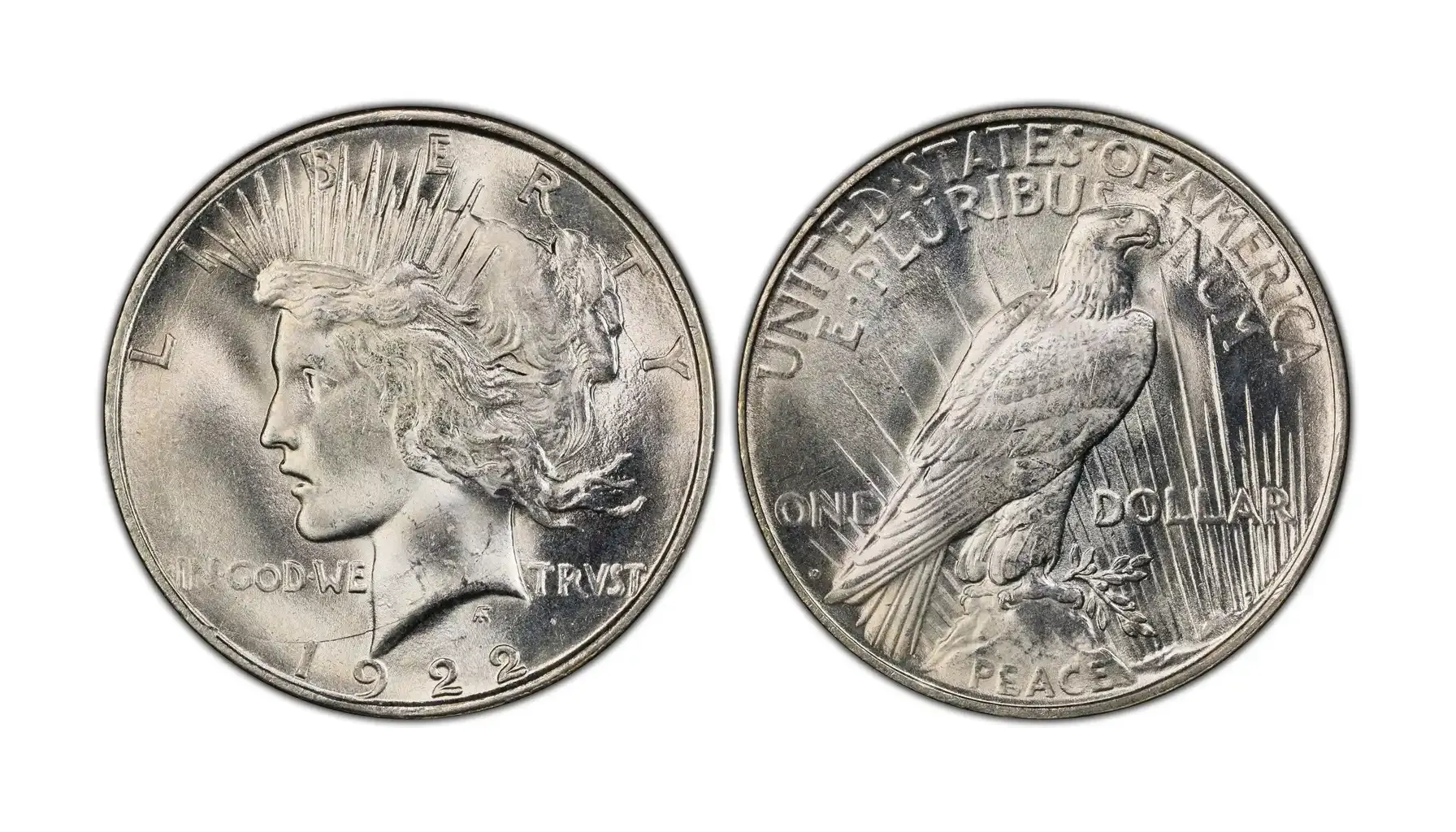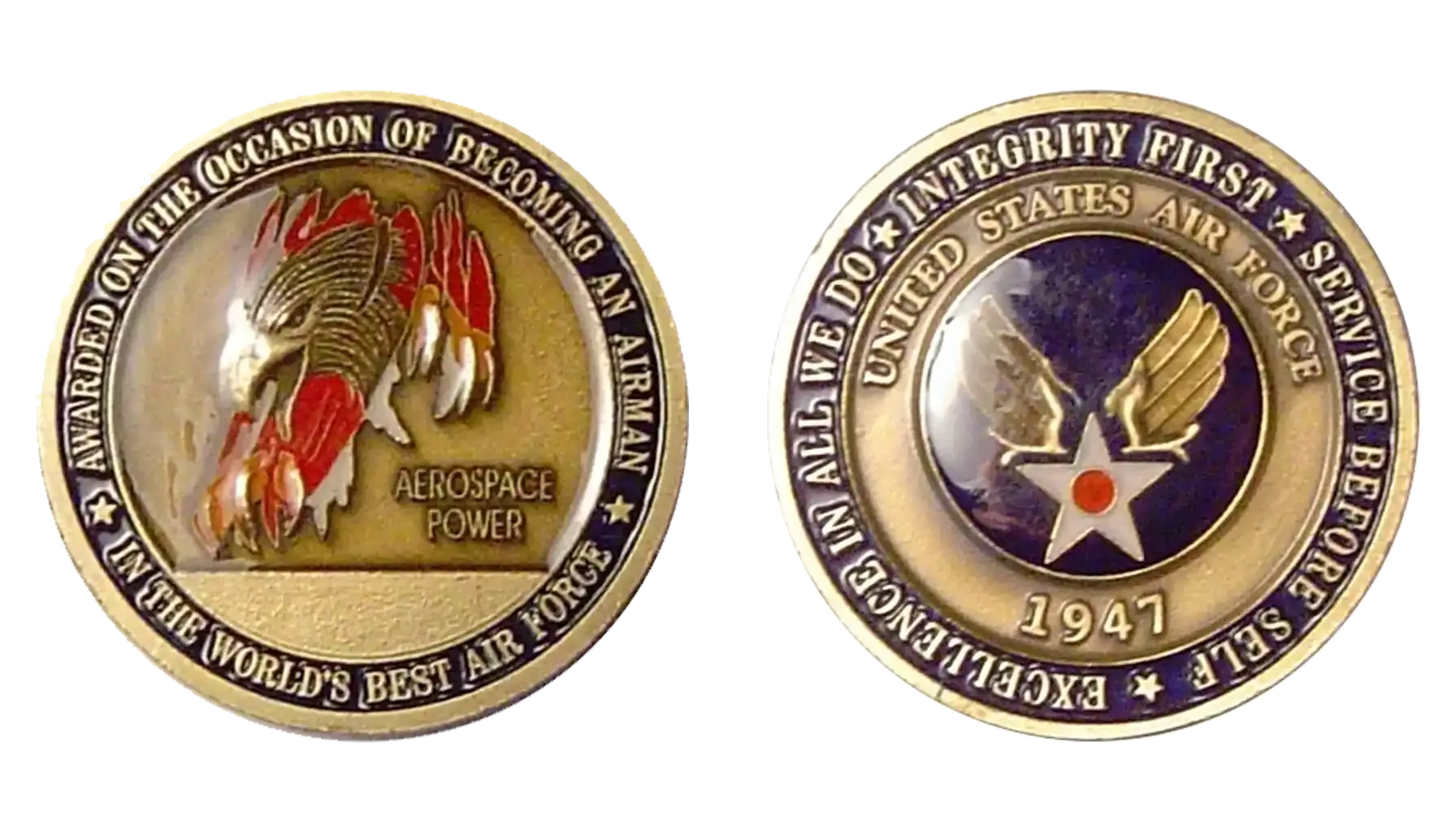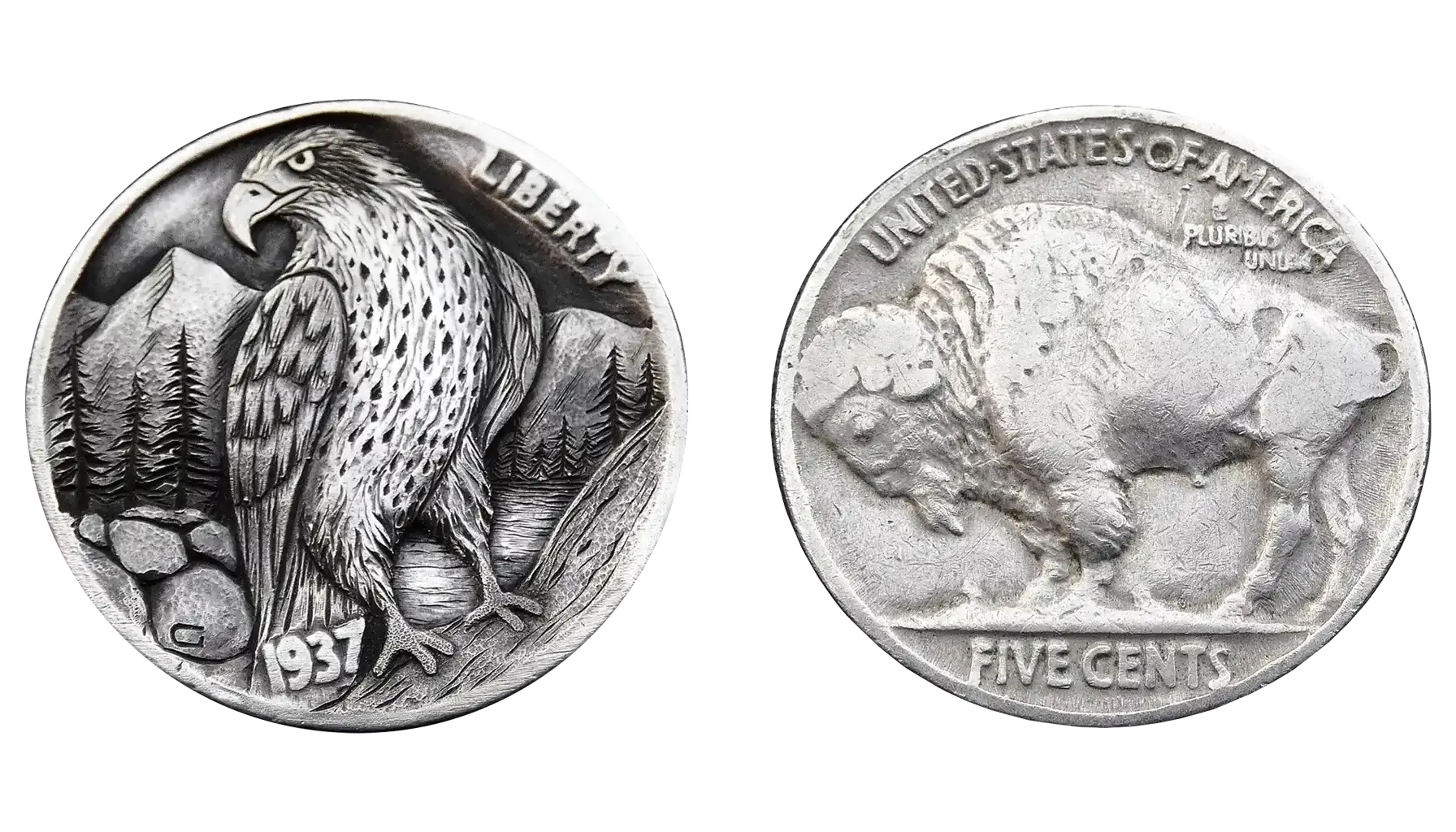Contents:
Five coins. This is all that has been left in the twilight of the Liberty Head series, in 1913. Mysteries and unique circumstances surrounded the appearance of this coin, having made it one of the most desirable numismatic creations in the world.
How much is a 1913 Liberty head nickel worth? Why are there only five real instances known to ever exist? And how to check old coin value when its samples are out of reach?
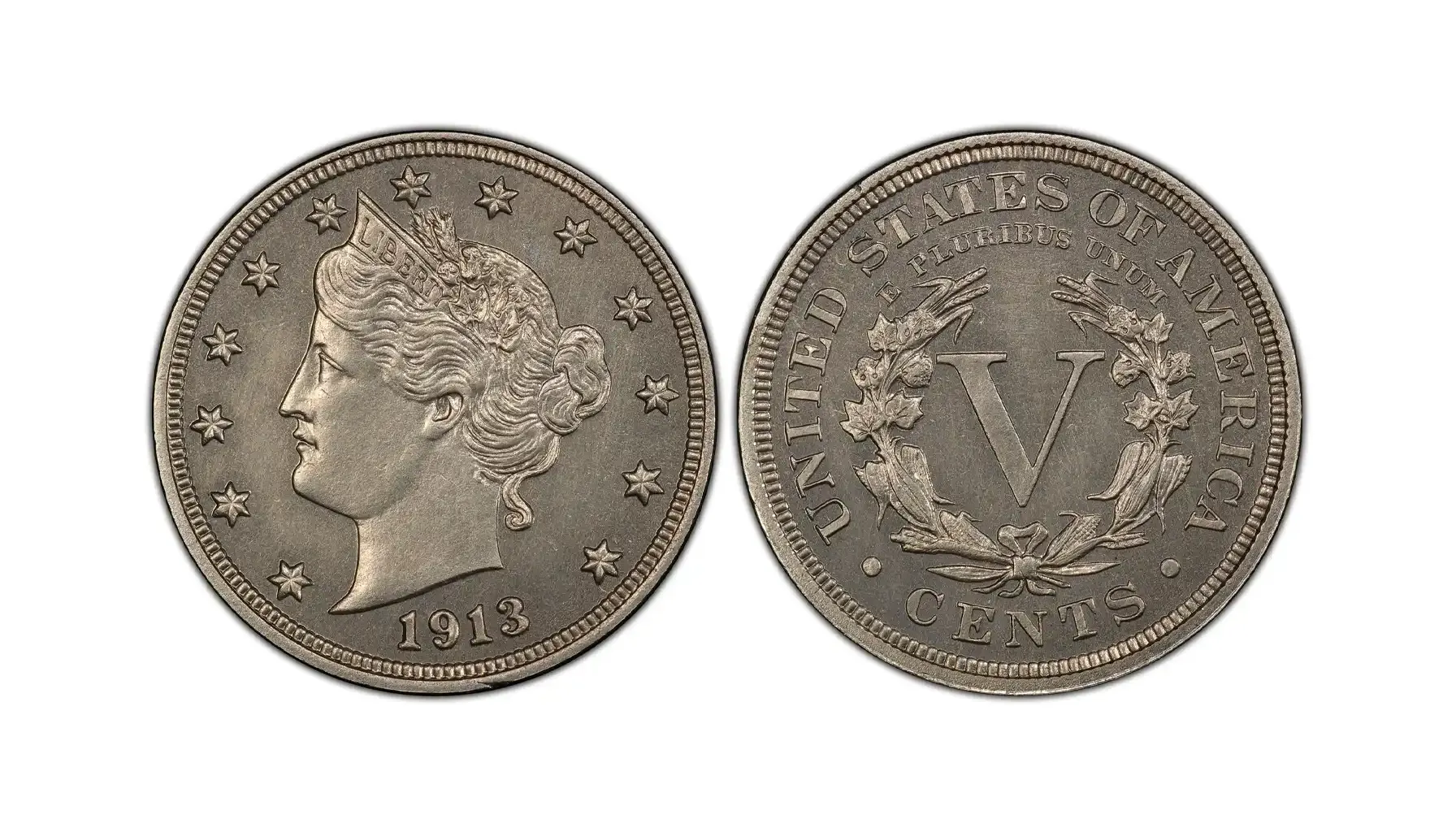
1913 5C Liberty Head Nickel: Background
Liberty head nickels were released in 1883 and met their end in 1912 with the last official batch of circulated coins. In 1913, the Mint transitioned to the new Buffalo nickel series. Yet somehow, five 5C coins with Liberty on them were born (despite no official records of their minting).
How and why were they produced? This is one of the most mysterious issues that American numismatics will never solve. In fact, their first appearance was made at the 1920 American Numismatic Association convention when Samuel Brown, a numismatist, declared their existence. Later on, he attended various coin shows and numismatic club meetings all across the country to display Liberty head nickels 1913.
What if they were struck by Brown? Years earlier, while working at the Philadelphia Mint, Brown had posted a notice offering to buy any 1913 Liberty nickels – suggesting he may have had knowledge, or even a hand, in their creation.
Related articles: How Much Is a Liberty Head Nickel Worth? Value & Key Dates
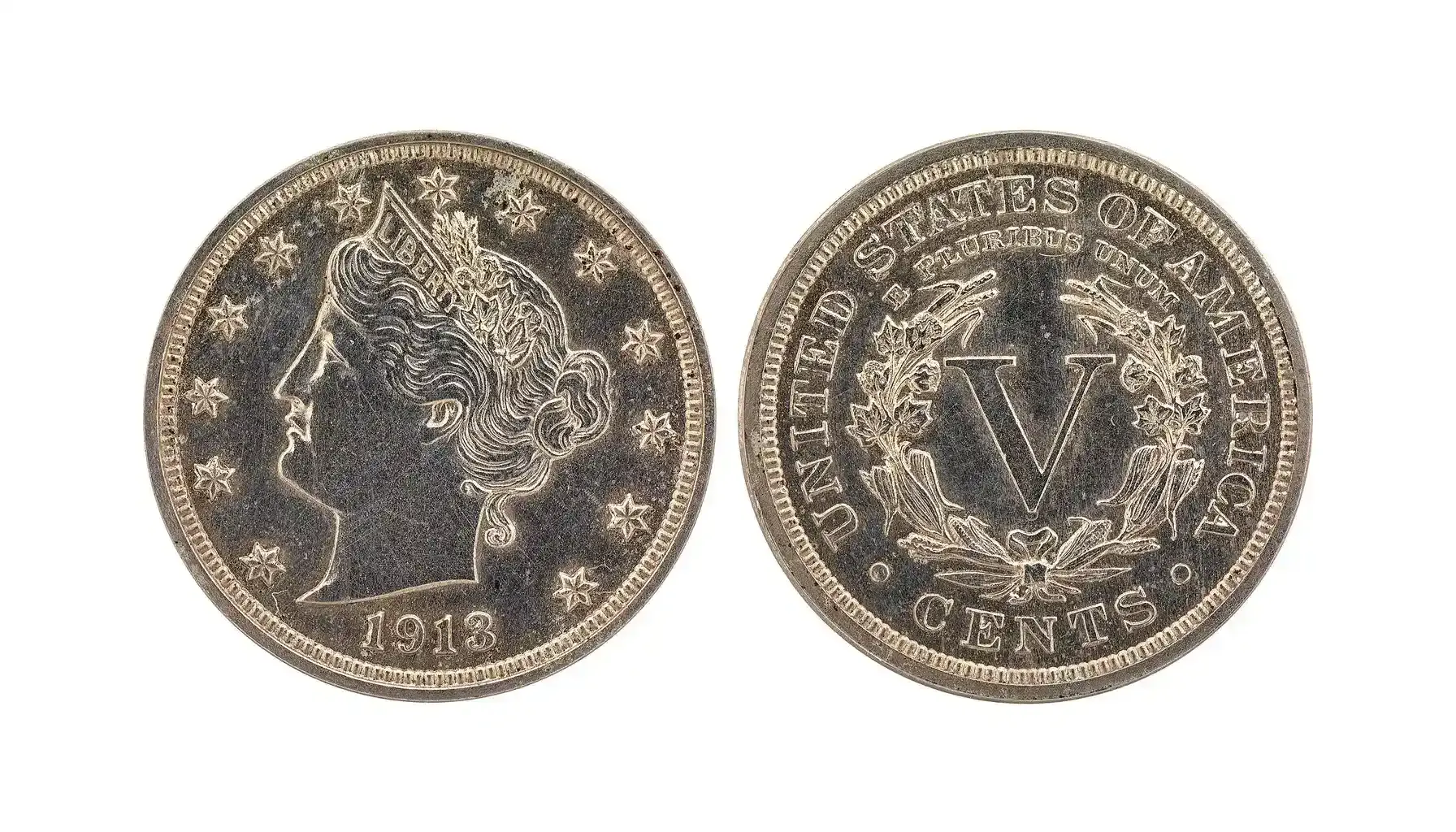
Known Specimens
By 1924, all five specimens recently owned by Brown were sold, with two of them being proof versions and the rest produced for regular circulation. The main characteristics are as follows:
Obverse Design | Lady Liberty wearing a coronet |
Reverse Design | The Roman numeral "V", surrounded by the wreath |
Denomination | 5 cents |
Diameter | 21.20 millimeters |
Weight | 5.00 grams |
Composition | 75% copper, 25% nickel |
Edge | Plain |
Mintage | 5 |
Here is what we know about the rare 1913 Liberty head nickel value, the coin auction houses involved, and the unique traits that make it so remarkable.
Eliasberg Specimen (Proof)
Auction Record: $5 million
The finest known example, it was once owned by legendary collector Louis E. Eliasberg. This instance is in near-perfect condition and is often considered the “crown jewel” of US coinage.
Olsen Specimen (Proof)
Auction Record: $3.7 million
The most famous sample of the 1913 series. This coin was featured on a 1973 episode of Hawaii Five-O and once belonged to King Farouk of Egypt. The last owner remains anonymous, though.
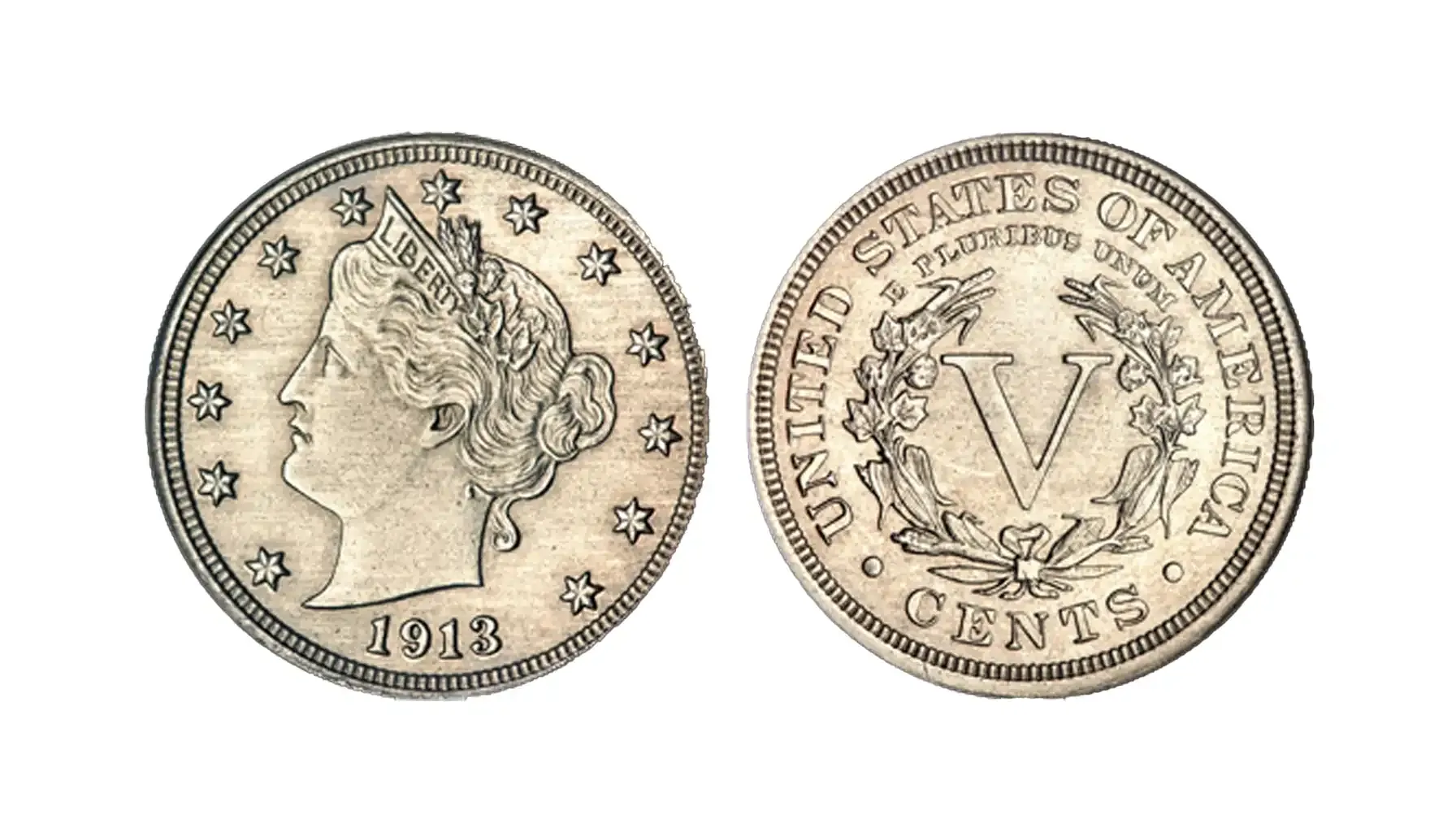
Norweb Specimen
Auction Record: N/A
A museum exhibit that was first held in the esteemed Norweb collection before being donated to the Smithsonian Institution, where it remains on public display.
Walton Specimen
Auction Record: $3.1 million
The most elusive piece, which was long thought lost after its owner, George Walton, died in a car crash in 1962. Thanks to the combined efforts of former ANA governor Donn Pearlman and the Bowers and Merena auction house, it was found in 2003 in a family drawer and was authenticated after decades of mystery.
McDermott Specimen
Auction Record: N/A
The only circulated example, showing signs of wear, which was once part of a bank display and is now housed at the American Numismatic Association Museum.
Not Just Nickels: Million-Dollar Coins Start Somewhere
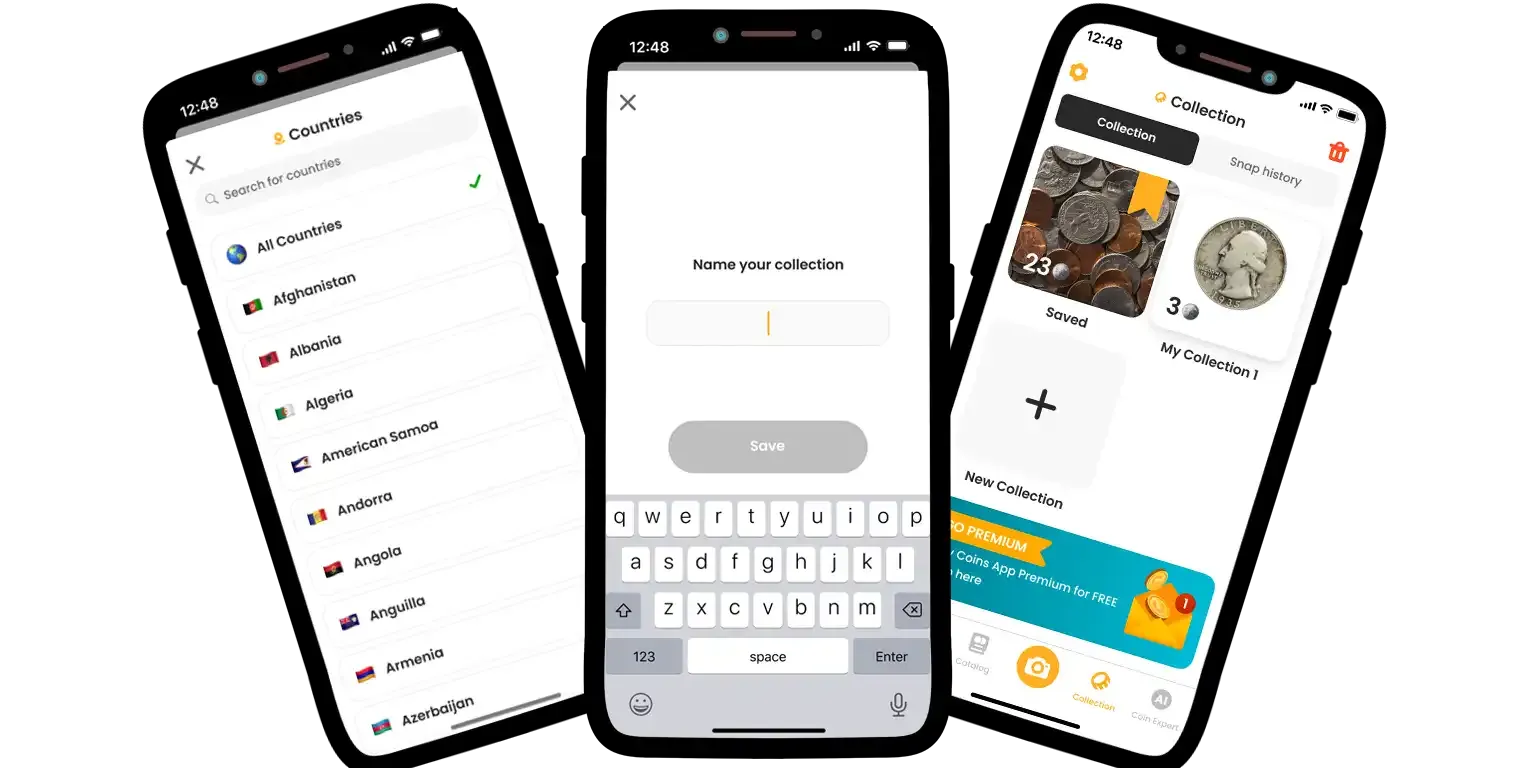
Yes, Liberty nickels minted in 1913 are legends, but other coins can be worthy, too. Over time, numismatic creations tend to grow in value, and identifying them on time is an art. To do so, meet Coin ID Scanner, an innovative app for numismatists. With the use of it, you are free to identify old coins worth money, learn about their history and origins, and get real-time value estimates.
Look for coins, and let your curiosity never fade.

